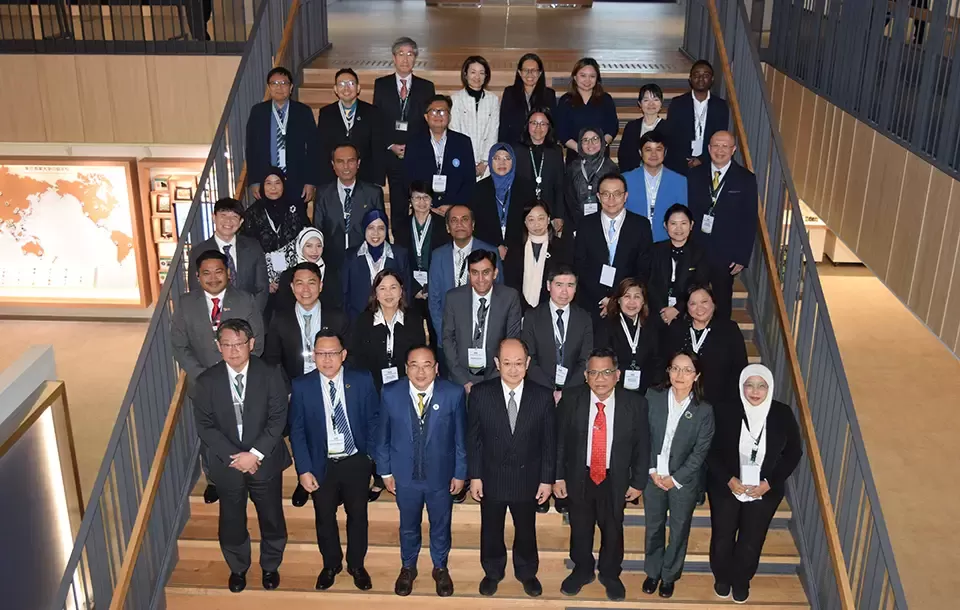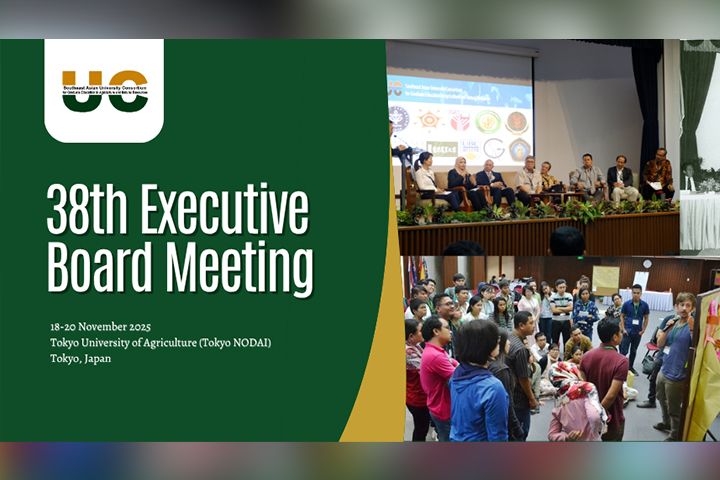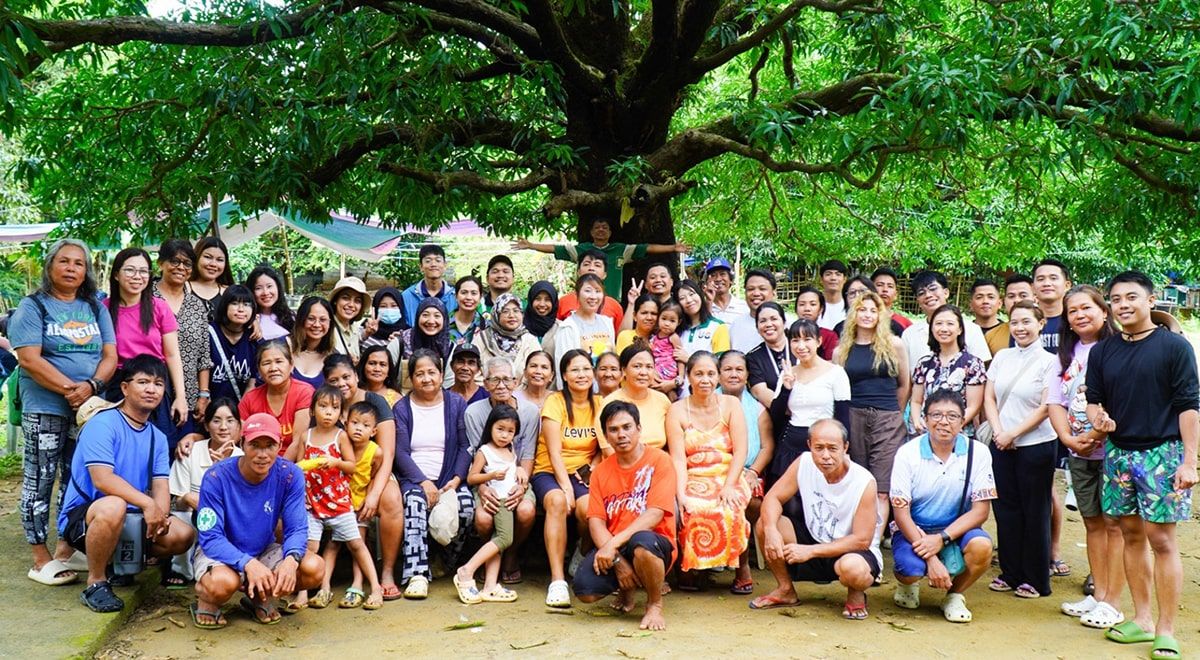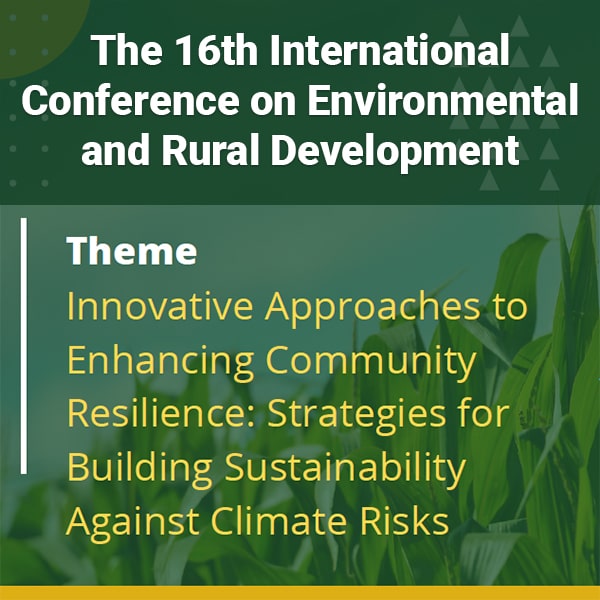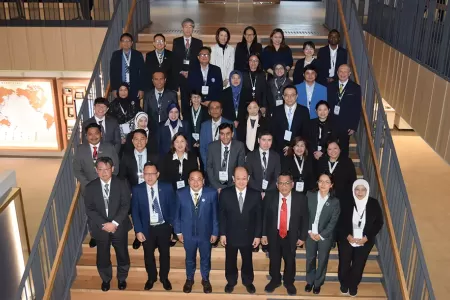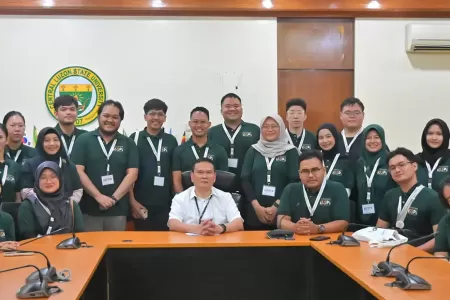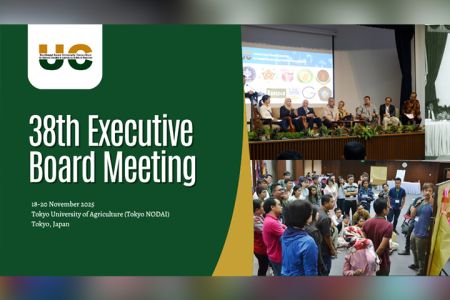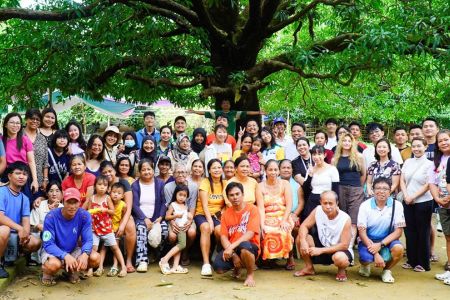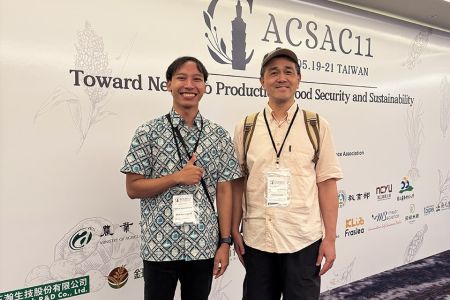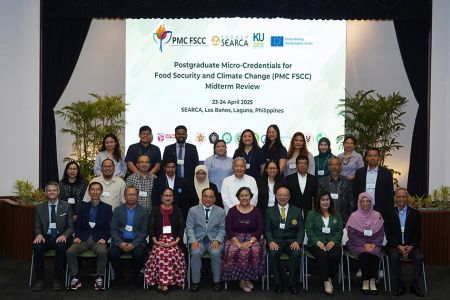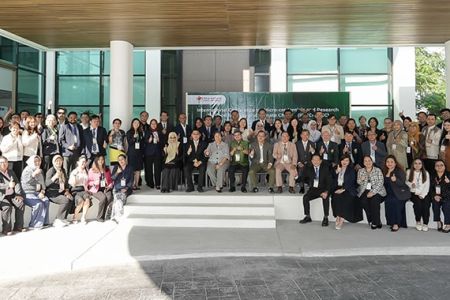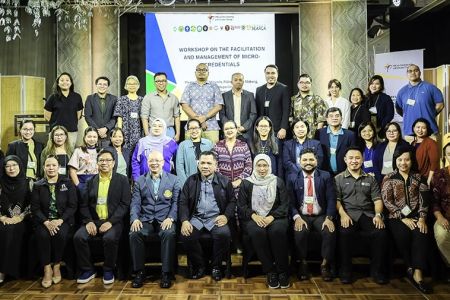UPLB looks at bacteria to clean wastewater
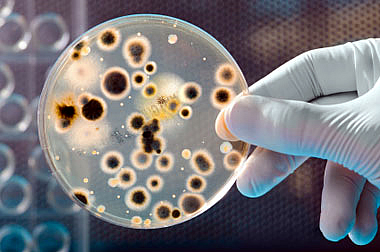
Philippine experts will be counting on an unlikely ally to help clean up the country’s polluted water systems - bacteria.
A research being conducted by the University of the Philippines in Los Baños (UPLB) and funded by the Department of Science and Technology (DoST) is looking at certain types of bacteria to help improve wastewater quality.
A team headed by Prof. Arlene Llamado from the Institute of Biological Sciences, College of Agriculture at UPLB assessed the bacteria’s potential in wastewater treatment applications.
Llamado’s team isolated five bacteria cultures taken from the soil of an abandoned mine site in Mogpog, Marinduque, Central Philippines, to determine if these can form biofilms. A biofilm is the slimy substance similar to slime on un-brushed teeth or the film on top of leftover soup. They are secreted by certain types of bacteria. In hospital settings, biofilm-forming bacteria are notorious for infections because they are resistant to antibiotics and cleaning agents.
While biofilms are by themselves unclean and make living things prone to infections, their potential as agents for eliminating other hazardous materials lie in their ability to attract positively charged metal ions such as those found in effluent wastewater. These can also be found in abandoned or contaminated mining sites.
The researchers wanted to leverage the ability of microorganisms to form biofilms as they are negatively charged and can, therefore, attach to positively-charged metal ions.
“By the simple idea of negatively charged polymers attaching to positively charged ions, we actually have a potential to remove heavy metal ions from waste water,” Lllamado said.
Cleaning oil spills
It is known that such bacteria can be used to remove oil spills. Lllamado added that they had collected samples from abandoned mining sites where there is a low concentration of organic elements and high concentration of copper because they expected that bacteria living in these soils would be resistant to heavy metals.
“All of the bacteria samples isolated from the site exhibited ability to produce biofilms. Further evaluation showed that all of these isolates were capable of removing heavy metals in water-copper solution. The planktonic cells of each bacterial isolate ate up the copper within six hours of contact time,” she said.
According to Llamado, further studies are under way to test the ability of these bacterial isolates in removing metals in wastewater.
If the tests deliver results, there is a strong chance that bacteria could be used not only to clean up abandoned mine sites but also contaminated river systems and tributaries.
Published in: UPLB in the News| 31 May 2013

